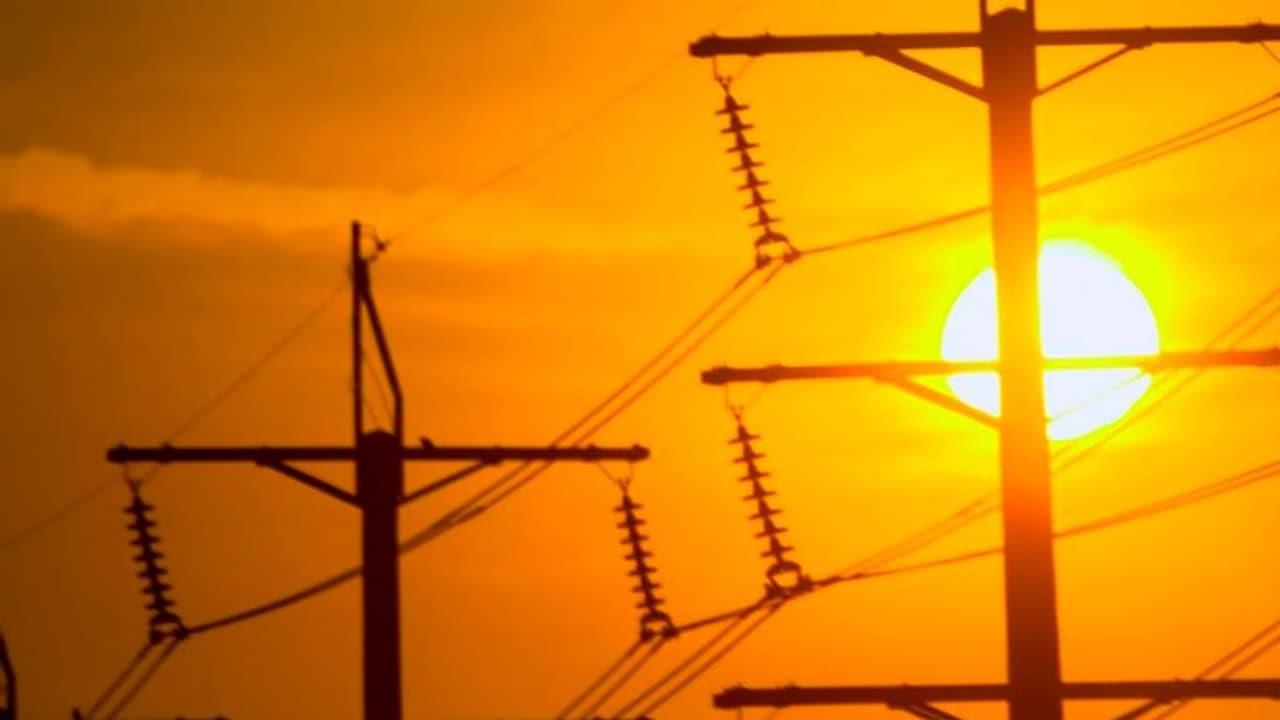
Record Heatwave Drives A Dangerous Spike In India's Power Demand And Raises Emission Risks
According to a recent report, heatwaves are increasing electricity use in India and making the country more dependent on fossil fuels. This new study has raised concerns that India is entering a cycle where extreme heat causes a spike in electricity demand, which in turn increases the country's reliance on fossil fuels.
The report, titled Breaking the Cycle, was published by Climate Trends and Climate Compatible Futures. It explains that heatwaves have become more frequent and intense in the last ten years. Fourteen states experienced a 15% increase in summer heat intensity from 2015 to 2024, with more days exceeding 40°C. India's average temperature in 2024 was 0.65°C higher than the average from 1991 to 2020.
Soaring Power Demand
As temperatures climbed, so did electricity consumption, mainly because people used more fans, coolers and air conditioners during hot periods. The report states that heatwave conditions alone raised India's peak power demand by nearly 9% between April and June 2024. Meeting this added demand led to an estimated 327 million tonnes of carbon dioxide emissions. Over the past decade, fossil fuel use during summers produced nearly 2.5 gigatonnes of CO2.
Fossil-Fuel Dependence
Dr Manish Ram, CEO of Climate Compatible Futures, noted that rising temperatures have repeatedly increased electricity demand. He explained that this has increased India's reliance on coal and other fossil fuels. He warned that the poorest and most vulnerable communities are the hardest hit, as they face extreme heat and unreliable electricity supply.
The report also highlights that, despite growth in renewable energy such as solar and wind power, from 84 gigawatts (GW) in 2015 to 209 GW in 2024, coal still dominates India's energy system. Fossil fuel power capacity has also grown during the same period, rising from 195 GW to 243 GW. Although renewable energy generation increased by 121% in the past decade, fossil fuel electricity output rose by 50%.
Regional Heat Stress
Areas with severe summers are now under the greatest pressure on their electricity systems. Central and eastern states such as Madhya Pradesh, Jharkhand and Chhattisgarh averaged around 50 heatwave days per year between 2014 and 2024. Northern states like Delhi, Uttar Pradesh, Punjab and Haryana saw some of the steepest temperature increases. Even regions previously known for mild weather are now experiencing rapid heating. Uttarakhand had no heatwave days in 2023 but recorded 25 in 2024, along with an 11.2% rise in summer temperatures. Ladakh saw a 9.1% rise.
Vulnerable Communities
The study highlights that the heat-power cycle has a severe impact on rural and low-income communities. Many households still lack reliable cooling and consistent electricity, and existing systems often cannot handle extreme weather. These factors increase health risks from extreme heat.
Dr Ram said states with the highest increases in electricity use due to heat must urgently expand renewable energy capacity and develop large-scale storage systems. He added that even states with strong solar and wind generation are facing limits because they lack enough battery storage and flexible grids to support renewable power throughout the day.
Future Energy Path
Aarti Khosla, Director of Climate Trends, said heatwaves and power shortages should no longer be viewed as separate issues. She explained that India needs a modern, climate-resilient electricity system that can handle rising temperatures. Without such upgrades, she warned, every summer will push India further towards fossil fuels and worsen public health impacts.
The report also points out gaps in India's Heat Action Plans (HAPs), which guide government responses to extreme heat. Only four states, three cities and one district currently include renewable energy-based backup systems such as solar panels or battery storage in their heat preparedness plans.
It recommends linking energy planning with climate adaptation. This would involve using renewable backup systems, improving demand forecasting and designing cooler urban areas to help communities stay safe during extreme heat.
The report also refers to recent research showing that India could avoid expanding coal power if it meets its 2032 energy targets. If India adds about 50 gigawatts (GW) of renewable energy every year until 2035, coal power generation would likely peak and then start to fall.
Legal Disclaimer:
MENAFN provides the
information “as is” without warranty of any kind. We do not accept
any responsibility or liability for the accuracy, content, images,
videos, licenses, completeness, legality, or reliability of the information
contained in this article. If you have any complaints or copyright
issues related to this article, kindly contact the provider above.

















Comments
No comment